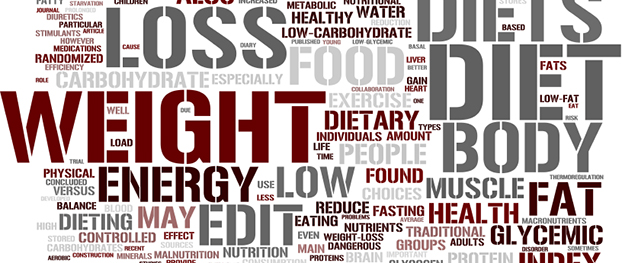Examining Nutrition Surveillance on the Island of Ireland

- Project start date: 10 September 2010
- Project status: Completed
- Project type: Nutrition
- Discipline: Nutrition surveillance
Research objective
- To collate information on current nutrition surveillance activities
- To perform a gap analysis
- To review the use of current nutrition surveillance data
- To develop recommendations and advise on prioritisation of the recommendations, including a focus on those with an all-island dimension
- To generate a vision for nutrition surveillance for the island of Ireland.
Outputs
Research report
- Title: Examining Nutrition Surveillance on the island of Ireland
- Date: 5 October 2012
- Summary: This report outlines recent and current activities contributing to nutrition surveillance on the island of Ireland and makes recommendations for the future.
- Findings:
27 initiatives were identified as providing information on nutrition surveillance on the IOI. These were reviewed in terms of gaps and duplication for four age categories. Within each age group there were a number of initiatives contributing to nutrition surveillance.
0-4 years
- There is limited nutritional assessment of children aged 9-18 months. In NI regular data on feeding patterns up to 9 months of age is being collected but no such data is being routinely collected in ROI. In NI, body weight status, and food and nutrient information is being collected among 1-4 year olds, but due to the small numbers included in these studies, limited information can be extracted. In ROI, data on anthropometry, food and nutrient intake has been collected in a number of initiatives resulting in some overlap, particularly in anthropometry. The National Pre-school Nutrition Survey provides detailed food and nutrition information for 1-4 year olds in ROI.
5-17 years
- There has been a gap in the routine collection of anthropometry across this age group in ROI, whereas in NI data is routinely collected in this age group. Future routine data collection on anthropometry at entry into primary school is being planned in ROI from 2013. Detailed food and nutrition information is not being collected on a regular basis in either jurisdiction. The data generated to date, primarily in ROI, has been from once-off studies. There are a number of initiatives in this age group which overlap.
18-64 years
- On-going, detailed information is being collected on food and nutrition intake but is providing ‘snapshots’ rather than monitoring on-going trends. Data on weight status has been collected on a regular basis. Most of the initiatives include anthropometric measurements resulting in some duplication. There is a gap in routine nutritional assessment of pregnant women.
65+ years
- The vast majority of the surveys described in the 18-64 year olds also include those 65 years and more. For most studies only the ‘healthy elderly’ are studied, suggesting that there is a need to monitor the nutritional status of the frailer older person.
There is now a solid bank of surveys and research studies cataloguing food intake, lifestyle behaviours and clinical measurements on most groups of the population on IOI. It provides a useful foundation on which to build a modern nutrition surveillance system that will serve us into the future.
- Recommendations:
- At a cross-border departmental level, establish close co-operation on nutrition surveillance to maximise the use of resources on the island of Ireland and ensure the collection of timely and robust data that is comparable north, south, east and west.
- A core set of measures of a) anthropometry b) food intake and c) nutrition biomarkers should be shared and agreed where possible.
- A continuous methodology should be employed replacing the current interval approach to data collection.
- Develop an IOI methodology hub for nutrition surveillance for standardised protocols.
- Where relevant, nutrition information is collected on foot of research that is wholly funded by the State, the IP should be managed in accordance with the IP Policy in both jurisdictions.
- Employ a dissemination strategy which optimises timely use of surveillance data.
- A data storage and management system with formalised governance arrangements should be in operation.
You can download the report below.
Similar research




